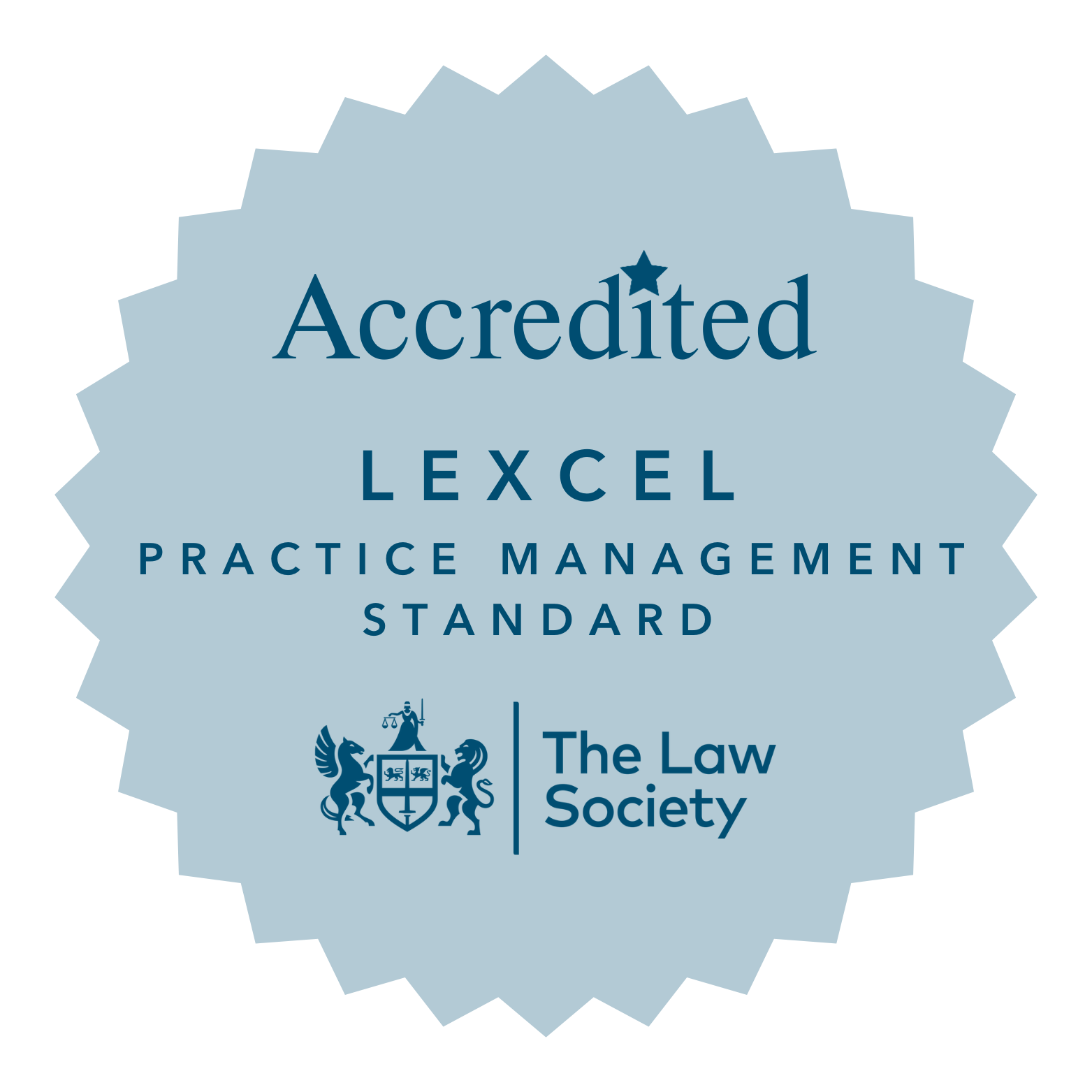Community and what levy?
When buying property, you might come across the term Community Infrastructure Levy (“CIL”) that may be imposed. This is a levy imposed by the local authority on development in certain areas, which becomes a contribution towards funding the provision of infrastructure in the area.
The purpose of CIL is to ensure that, with new developments in a local area, that the authority are able to provide the infrastructure necessary to support the additional demands that developments can bring. The definition of “infrastructure” is provided by section 216(2) of the Planning Act 2008, and includes:
- Roads and other transport facilities;
- Flood defences;
- Schools and other educational facilities;
- Medical facilities;
- Sporting and recreational facilities; and
- Open spaces.
The list of items that can be considered “infrastructure” is therefore quite wide, and if you are buying land with the intention to develop and build, you should ensure that you are aware of any CIL liabilities that might be incurred.
When will I have to pay CIL?
Liability to pay will be triggered by the granting of most planning permissions, and so you should be aware at the time of submitting your application that this will become payable. If CIL liability arises, the amount payable is determined as of the date that the planning permissions allows development to begin. The local “charging” authority will calculate the amount payable in accordance with the Community Infrastructure Levy Regulations 2010, which has a very detailed breakdown of how they are to ascertain the figure to be charged.
The liability is attributed to each person with a “material interest” in the land, meaning either a freehold interest, or a leasehold interest with a term expiring more than 7 years after the date the planning permission first permits development.
You may be able to benefit from some of the various exemptions that apply, such as for example where a chargeable development will be a single property with less than 100 square meters gross internal area. If you intend to rely on one of the various exemptions (see here for a general list) you must follow a strict procedure to claim the exemption, otherwise the full liability will be payable, and you could find yourself liable to pay a surcharge of up to £2,500.00.
As a developer therefore, we would strongly recommend that, before you proceed with the purchase of a plot of land intended for development, that you check with your solicitor whether CIL is payable, and if necessary take specialist planning legal advice before proceeding with the purchase.
How can Askews Legal help me?
As a matter of course, we will carry out a Local Search which will advise whether the property or land being purchased is in an area where CIL might be charged. We can then make you aware of the liability, and point you in the direction of the necessary specialist planning advice you may require to ensure you are happy with any liability you might incur as part of your development.
If you are looking to purchase commercial property or land for development, our commercial conveyancing team will be more than happy to help. Feel free to send us a message with any questions or you can contact our Head of Commercial Property, Kuljeet Sandhu, on 02476 231000 or via email at ksandhu@askewslegal.co.









